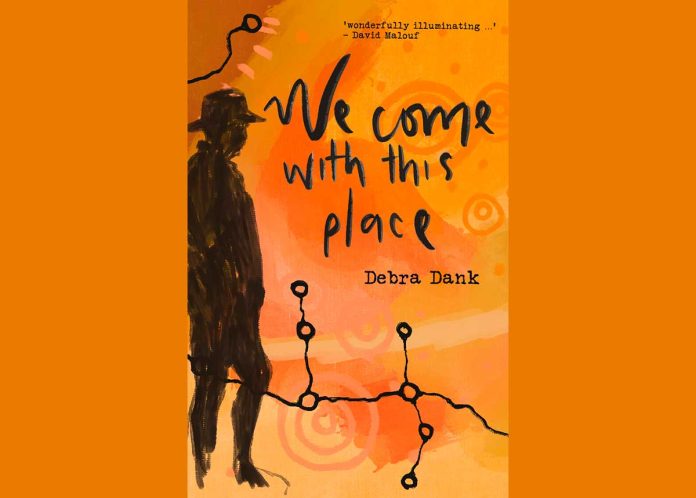We Come with This Place
Debra Dank
Allen&Unwin,$29.99
We Come with This Place won an unprecedented four prizes in the NSW Premier’s Literary Awards, an achievement even more impressive for a first-time author.
Dank is a Gudanji/Wakata woman who spent much of her childhood in Camooweal, then on a remote station near Oban, Queensland, before moving to Mount Isa with her family. Part memoir, part history of her father “Soda”, part meditation on Country and its significance, part travelogue, this beautifully written book moves between these various guises, often, though not always, seamlessly.
Sadly, like many works by and/or about the violence that accompanied white Australian settlement, We Come with This Place will probably not be read by those who object to “a black armband view of history”.
At a tender age, Soda witnessed unspeakable violence, including the rape of his mother. Thanks to his intelligence and survival skills he escapes from the abusive station manager and crosses from the Northern Territory into Queensland (itself hardly a mecca for Aboriginal people at the time).
Soda is a hard worker who finds steady, albeit hard and often dangerous work in Queensland. From the age of 9, Debra becomes his erstwhile assistant; she is also an excellent student, for which she thanks her intelligent and studious mother.
While Debra is entrusted with tasks at age 9 that boggle the mind, she recounts a childhood filled with love – of family, of words and reading (she rejoices in learning new words like “arid”, excited to apply it to the land she loves so much), of being with, and learning about, her Country.
One of the most poignant chapters details an older Debra’s visceral reaction to one of Soda’s violent outbursts. The pain, shame and catharsis are searing. Because the book is not organised chronologically, the reader never learns the long-term outcome. Does Soda overcome the anger that causes him to strike out at those he loves? How does Debra cope with this duality in the beloved father of her childhood?
While parts of the book are harrowing to read, Dank also celebrates the abiding love of her family, particularly her grandparents. There are even some glimmers of kindness and acceptance from white Australians. Dank writes of the family’s arrival at the Corbetts’ station:
“It seemed that along the road … we had entered a twilight zone and had really arrived in Wonderland … where it was possible for a black man to have a white man as an offsider, and a little black girl could select all the best cuts of beef and be given them, no questions asked.”
I found the book’s structure both intriguing and, at times, frustrating. Its interweaving of stories serves as a reminder of the connections between its disparate narratives, but at times (such as with Soda’s violence, above) I found myself wishing for more coherence and context. Perhaps, if we are lucky, Dank will treat us to a second book.





